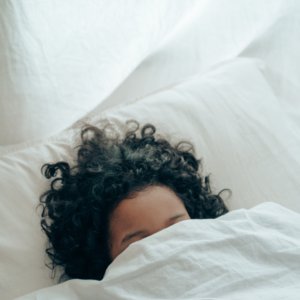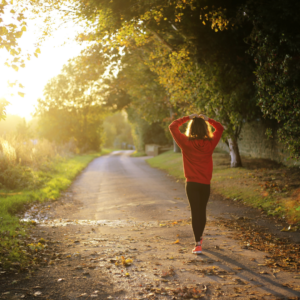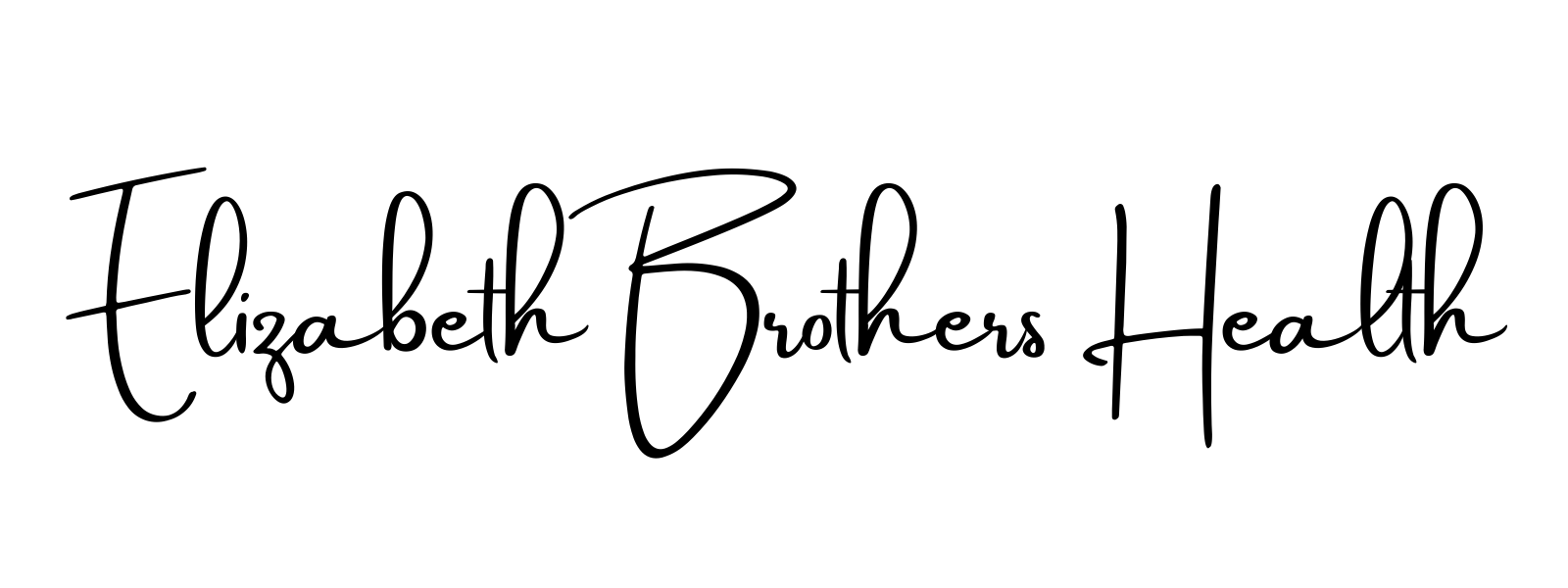Let’s talk about naps.
Are you someone who adores a good nap? Who dreams of curling up in (or maybe on) your bed for a good snooze in the middle of the day?
Or are you not a napper at all?
I must admit, I fall into the latter group. I’ve never been a napper, I don’t like napping. When I’m sick I can handle a good nap. I think I probably had a handful of naps when my kids were babies, but it just isn’t something I enjoy.
There are 2 reasons I don’t love napping:
- I can never fall asleep “on time”. If I do have the luxury of time for a nap, I’ll keep checking the clock to see how much time I have left. By the time I actually can fall asleep, my time has run out.
- A nap very often affects my sleep at night. A nap in the middle of the day almost guarantees that I won’t be tired at bed time.
But I know I’m probably in the minority here.
As a generalization, kids hate napping, but I know an awful lot of adults who would give up something significant for a solid nap every day.
(Side question – if you are a napper, how do you nap? Are you a “fall asleep on the couch for a few minutes” type of person? Or are you a “put the pajamas back on and climb all the way back into bed” type of napper?)
So, Should I Nap?
This is an excellent question, and the answer is “maybe”.
If you are chronically sleep deprived, grabbing a nap when you’re able to might be a great recommendation. It can help you catch up on sleep, to some degree.
But if you’re regularly relying on naps to make it through the day, I’d actually encourage you to try not to nap. Instead, focusing on getting better quality sleep at night will be much more beneficial for you.
There’s this little molecule in your body called adenosine that builds up over the day. The more adenosine in your brain, the more tired you feel. The purpose of sleep is to clear out all the adenosine so you wake up rested and refreshed. And then as the day wears on, adenosine builds up in the brain, making you feel tired, so that by the end of the day the levels are high and you feel sleepy.
Caffeine actually blocks adenosine. When you wake up not feeling so rested and refreshed, a cup of coffee will help clear the cobwebs. It does this by blocking the adenosine so you feel alert and awake.
The thing with naps is that it is possible for them to reset your adenosine levels. A really significant nap can have the same impact as a sleep cycle at night, and clear out the adenosine. So it’s possible that a nap can interfere with your sleep because by the time you go back to bed for the night, there isn’t enough adenosine to make you feel tired.
(This is the same reason why coffee too late in the day can keep you up; it blocks the action of the adenosine so you don’t feel tired enough at night).

How to Nap Properly
Because of needing to balance your adenosine, there is an art to napping.
If you are going to nap, it’s best to keep it to 20-30 minutes. A good old fashioned power nap if you will.
20-30 minutes is a great amount of time to reset your energy and give your brain a bit of a break, but any longer than that and you risk getting caught up in a full sleep cycle (60-90 minutes) which will inevitably reset some of your adenosine.
For people who are chronically exhausted and tired and not sleeping well, this reset doesn’t generally interfere with anything. But if this isn’t you, you can absolutely have a harder time falling asleep at night.
So a short, quick nap in the middle of the day can be beneficial, just make sure it doesn’t go too long.
Nap Alternatives
There are alternatives to napping during the day if you’re looking for a way to rest your brain during the day.
These options are called non-sleep deep rest (NSDR) and they can reset your energy, without causing any of the downfalls that can come with a nap.
Meditation – a quick (10-30 minute) meditation session can give your brain and body all the rest it needs in the middle of the day. There are as many different meditation options as there are people, so poke around on different apps or on YouTube to find one that works for you. Some people like guided meditations where they’re using imagery to relax, other people just like to do deep breathing exercises.
Hypnosis – I have not personally tried this myself, but some leaders in the field of sleep and rest recommend hypnosis. More specifically they recommend the Reverie app. If this is something that appeals to you, definitely give it a try and let me know what you think.
Yoga Nidra – Also known as “yogic sleep”, this is a specific type of guided meditation designed to help fully relax. Done properly, it kind of puts you in a state of consciousness between waking and sleeping. It’s really neat!
Another addition
Go for a walk! Technically this isn’t NSDR, or rest at all. But if you’re feeling sleepy in the middle of the day and like you need a rest or a nap, sometimes you just need to get moving. Getting outside in the fresh air, away from your computer (if this is what you need the break from), and moving your body might make you feel just as refreshed as a nap will.

However, it looks like to you, mid-day rest does take some art to find exactly the combination that works for you. Try a few things and see what works.
BUT – no matter what you do for a mid-day reset, always remember that keep your nighttime sleep as a priority. We do need to rest during the day, but we absolutely need to sleep at night. That’s when the big-time repair and regeneration happens.
Are you struggling with sleep? Click here for my free resource – 5 Tips to Sleep Better Tonight!

Itís hard to find well-informed people on this subject, but you seem like you know what youíre talking about! Thanks